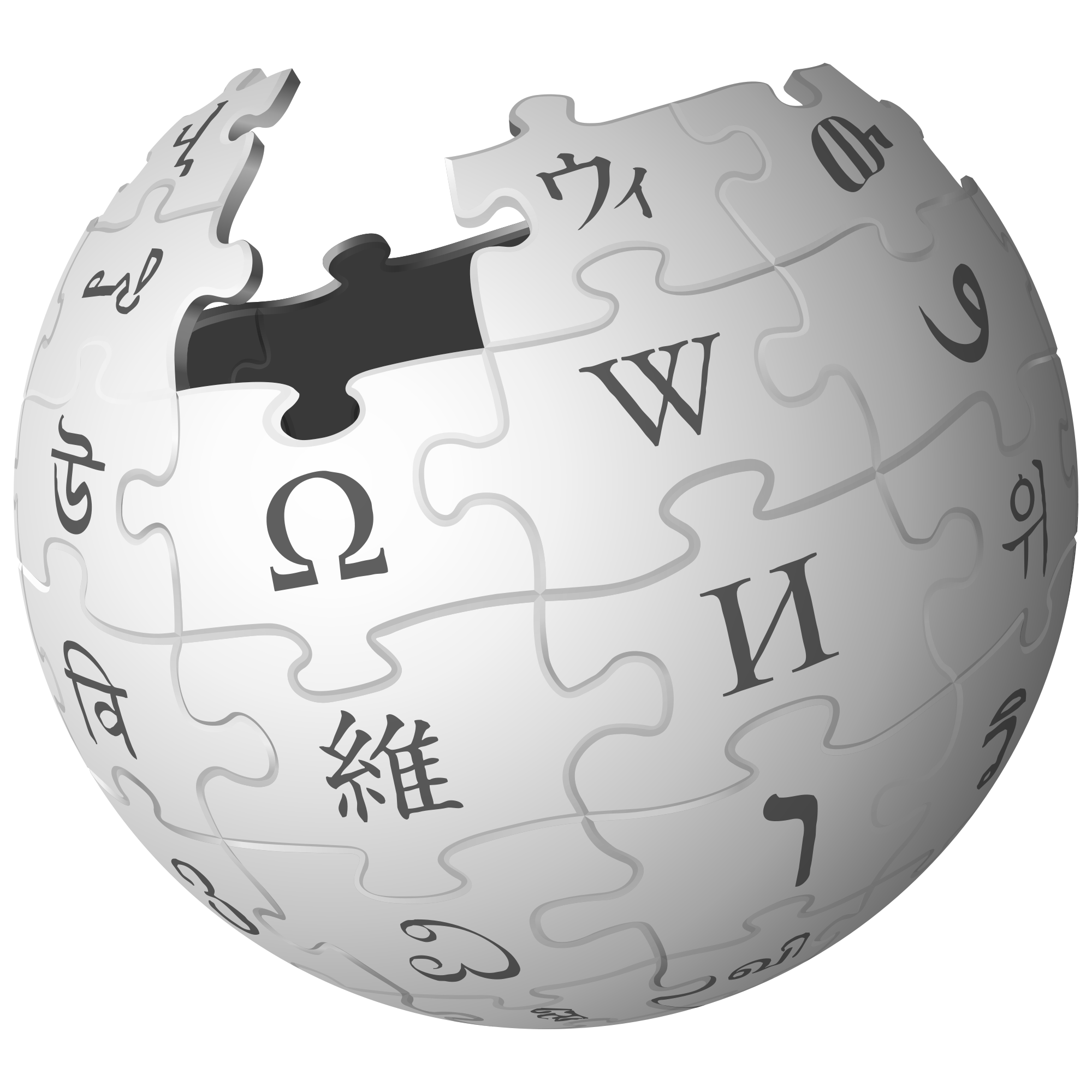On March 5, 2002, U.S. President George W. Bush placed tariffs on imported steel. The tariffs took effect March 20 and were lifted by Bush on December 4, 2003. Research shows that “the costs of the Safeguard Measures [steel tariffs] outweighed their benefits in terms of aggregate GDP and employment”.


(my bold)